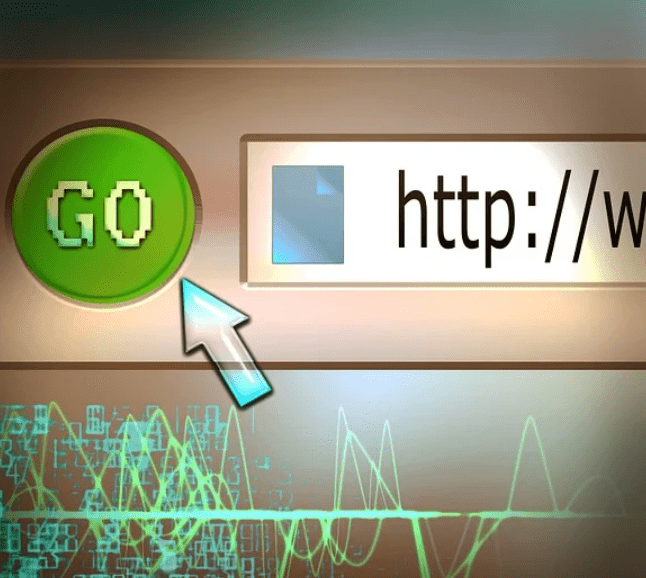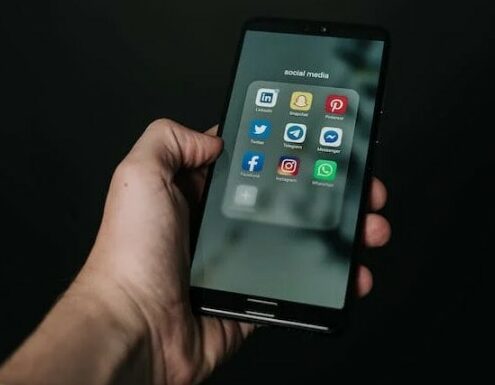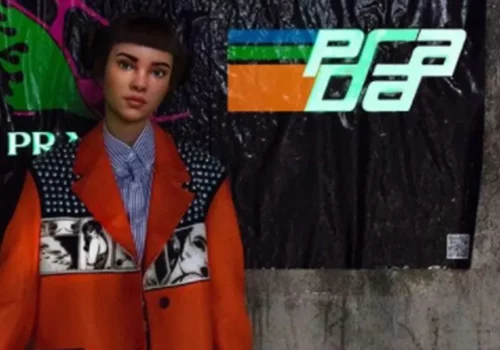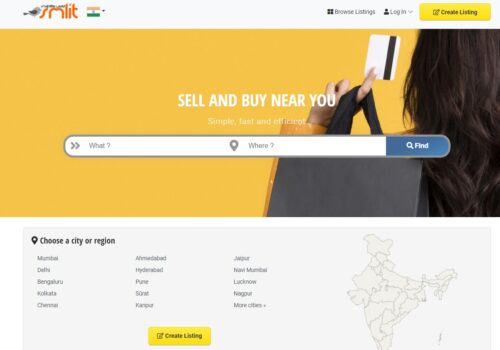Bloggers tend to have email signatures, Facebook pages, and Twitter timelines, but it’s also important to have business cards available when we meet offline.
It is important to have a business card to introduce yourself to readers or business partners, even if you are a new blogger or haven’t attended any conferences yet.
A statement I heard last week was that blogging is a business if you are serious about it.
A business card, then, is a necessity for being a business. If you don’t want to toss them into the fishbowl at the Mexican restaurant (would you like a lunch freebie? ), you can recycle them.
Why You Need A Business Card For Your Blog?
Business cards are particularly useful for the following situations:

1. Conferences:
During Type A last week, I gave out about 100 cards. Bloggers can remember you better by exchanging business cards at a blog conference. Be sure to give your business cards to all the brands you would like to work with.
2. Local Networking Events:
In addition to passing out your business cards at local networking events, you can look for brands to partner with or simply learn a bit (like at a seminar).
3. Mail with Giveaway Prize:
Your readers are probably not mailed prizes often, but you might need to do so at some point. Placing a card in your prize package adds a nice personal touch. Awww. That’s very sweet.
4. A Surprise Opportunity:
There is no way to know when you may run into someone you would like to connect with in the future.
There are cool moms at the park, business owners interested in offering blogger outreach, and people you just met who happen to be bloggers. Share your card with them!
What If You Have More Than One Blog?

The tricky part is here, isn’t it? A separate business card and a personal card are absolutely fine, especially if one is more tailored to the business.
However, if you have more than two blogs, it might not be a great idea to hand out multiple business cards.
One card can be incorporated into another for convenience. However, make sure you do not overload the card. You can choose simple colour schemes and write your blog names in the fonts of each blog if your design is too different.
To help them find all your blogs, you can use a QR code (more on that later this week).
FAQs
💡 How can a business card improve networking for bloggers?
It encourages follow-ups after first meetings at conferences, workshops, or social gatherings. Having a well-designed business card also reflects professionalism and can make a memorable impression, which is essential for building and maintaining relationships in the blogging community.
📈 Do business cards actually lead to increased blog traffic?
While business cards themselves may not directly increase blog traffic significantly, they facilitate networking and relationships that can. For instance, handing out your card to the right person can lead to collaborations, guest blogging opportunities, or social media shares, all of which can drive traffic to your blog indirectly.
🎨 How does the design of a business card reflect on a blogger?
The design of your business card is a direct reflection of your brand. A clean, visually appealing design can communicate professionalism and attention to detail, while a creative and unique card can showcase your blog's personality and niche.
📊 Is it worth the investment for bloggers to get business cards?
Considering the relatively low cost of designing and printing business cards against the potential benefits of networking, collaboration, and brand recognition, it's generally a worthwhile investment for bloggers. The key is to view business cards as a tool for opening doors to opportunities rather than a direct marketing tool for increasing blog readership.
Quick Links
- Monthly Content Planning: Optimize Your Blog Production!
- How To Make More Money From Blogging
- What Features Make a Blog Stand Out? Ultimate Tips
- Crucial Reasons Why Your Business Must Have a Blog
Conclusion: Just Don’t Overdo It, Okay?
Having a business card for your blog is like carrying a little piece of your blog everywhere you go.
It’s a small tool that packs a big punch in making lasting impressions and building connections.
Whether you’re at a big conference or just bump into someone curious about your work, a business card can be the bridge between a quick chat and a meaningful relationship.
So, investing in business cards is a smart move. They’re not just paper; they’re opportunities waiting to happen!






